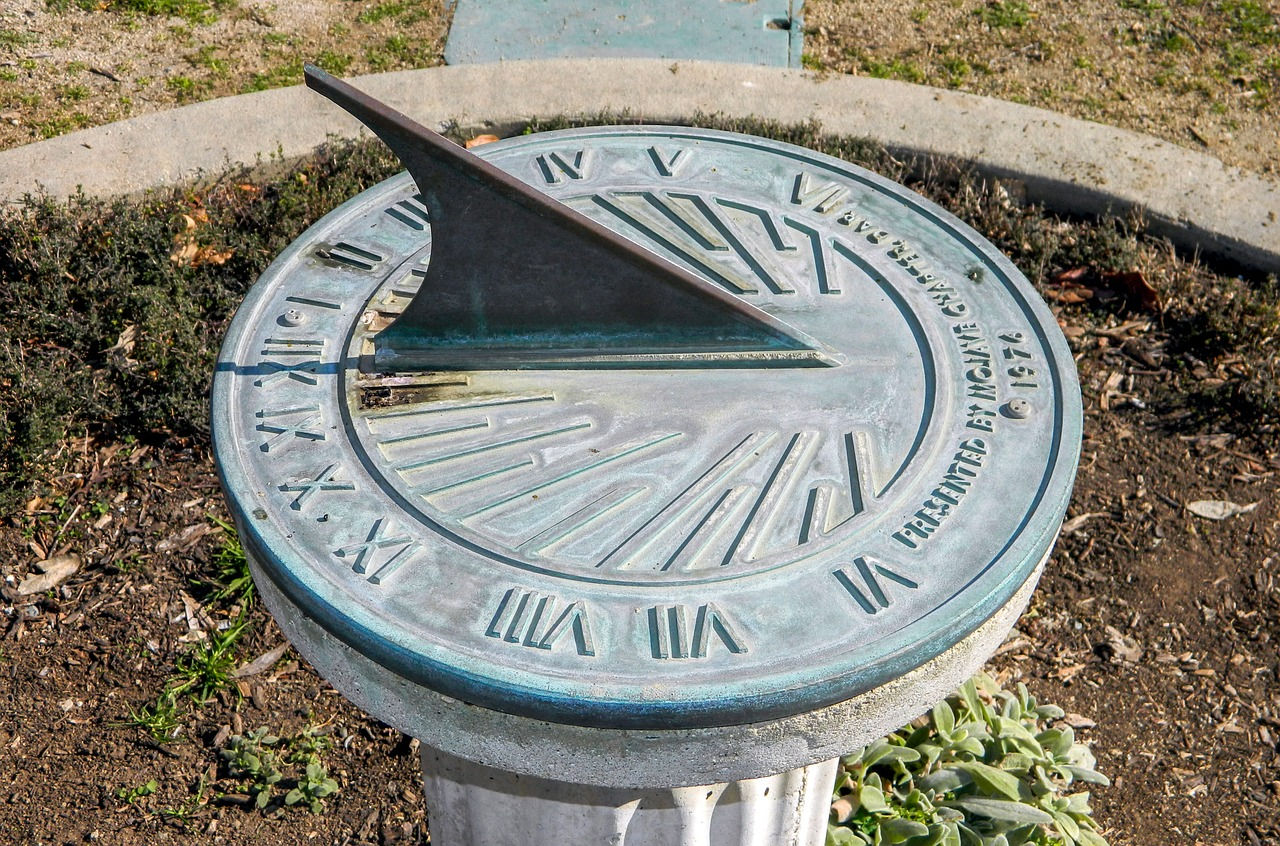
|
Letchworth-Love Mound
and Solar Timekeeping |
Timekeeping
=>
The Mound
=>
The Top
=>
Conclusions
|
Humans the world over, since beyond memory, have used the sun, moon, and stars to tell time,
whether some form of sundial to mark the passage of the day, or marking the Sun's position
as it makes its yearly journey from north to south and back again in its yearly rhythm.
Those who kept track of where they were
in Earth's cycles simply tended to survive better, so it's no wonder it was a major area of
interest for them. For most of our time on this Earth, we lived close to the outdoors, including the night sky. There was no TV or radio, no light pollution, and people who were so inclined could devote themselves to studying and understanding the "celestial clockwork" manifested in the sky overhead. They could not help but notice that, in contrast to down here on the ground, everything in the sky is perfect and unchanging. The sun told them when winter and summer are coming. In conjunction with the moon, it could tell them when to plant, and when to harvest before the frost comes. Here on Earth, nothing is perfect or predictable, but when certain things happen in the sky, winter is on the way, regardless of the exact timing, and you ignore it at your peril. Bear in mind that the knowledge of how to read the sky in depth would have been limited to a privileged few, who would in all likelihood have used it to maintain and exercise religious/political power, and it would have been they who could marshal the resources to build the necessary structures. Those structures would have become focal points for ritual and ceremony. All of this is of course speaking in the most general terms; the forms and content of such observances would have been as varied as the people doing them. It's important to remember though, that while it all runs like clockwork, there are no gears. The solar day, the lunar month, the year, and the longer cycles all happen independent of each other. Each has to be tracked on its own. The virtue of this from our point of view is that it makes it easier to look at each in isolation. A consequence of this disconnection is that 'time' was a much more fluid thing before the invention of the clock; there was nothing to drive it all in lockstep the way that the imposition of our artificial time does. Interestingly, the arrival of rigidly structured time on the scene has had unexpected consequences for our understanding of those cyles and how they interact, since it enables us to hold them all up against an unvarying standard. |
© 2024 Michael L. Wright


